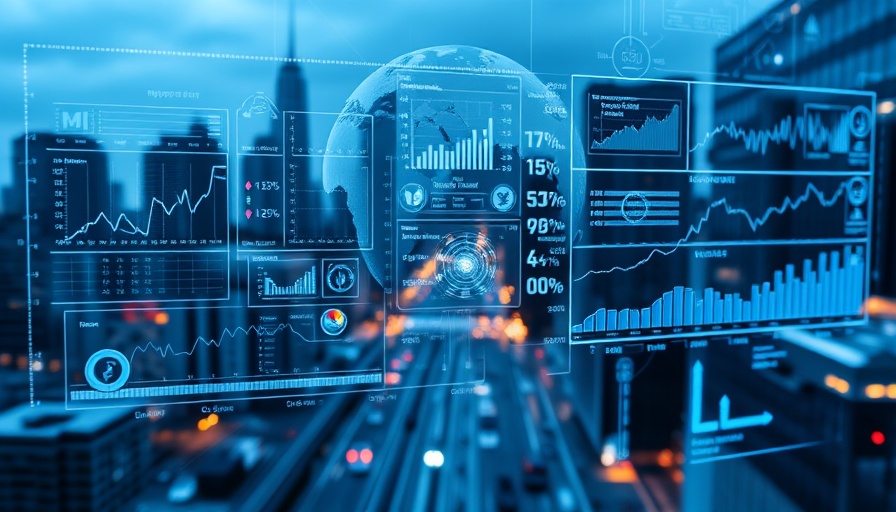
Revolutionizing Data Centers: A Glimpse into China’s Underwater AI Facility
The launch of China’s $223 million underwater AI data center off the coast of Shanghai marks a significant leap towards sustainable computing. Designed by Hailanyun, this innovative facility cools high-performance servers using seawater and harnesses nearby offshore wind for energy, pushing the boundaries of how we think about both data processing and environmental consciousness.
Why Sustainable AI Computing Matters
As global demand for data processing surges, so does the environmental impact of traditional data centers. They are notorious energy consumers, with almost 40% of their energy used solely for cooling, straining both electricity and freshwater resources. According to a joint report from UNESCO and University College London, the growing energy toll of artificial intelligence—especially with larger models—poses sustainability concerns that cannot be ignored. As more organizations switch to AI applications, this problem becomes urgent.
How the Underwater Center Changes the Game
China's underwater data center emerges as a solution to this dilemma. By utilizing naturally cold seawater for cooling, it dramatically decreases energy and freshwater demands. With 198 server racks designed for intensive AI workloads, the facility boasts capabilities that allow it to train a large language model within just one day—transforming the data processing landscape. This new model serves as a prototype for potential global solutions, setting a new norm in sustainable computing.
Challenges and Considerations of Subsea Data Centers
While the benefits of underwater data centers are evident, they come with distinct challenges. For instance, warmer water discharge from cooling systems can impact marine life by reducing oxygen levels. However, Hailanyun representatives claim the temperature increase is minimal and not detrimental. Moreover, repairing underwater hardware could be significantly more complicated and costly than on land, raising questions about long-term viability.
Future Perspectives on Global Computing Standards
This initiative aligns with a growing trend in tech investments aimed at sustainable practices. As companies across the globe explore new ways to meet environmental standards, China's approach could influence practices in both developed and developing nations. The success of this underwater data center may inspire other regions to reconsider their power and cooling strategies, shaping a more sustainable future for technology.
Final Thoughts: The Broader Impact on Agile Development and Tech
As businesses adapt to new technology, integrating sustainable practices into development pipelines becomes paramount. Concepts like DevOps and Agile methodologies promote continuous improvement, and the principles can align with environmental consciousness. Embracing a synergy between Agile and sustainable computing will benefit not only tech companies but the global community, ultimately supporting broader ecological goals.
Monitoring how your own organization approaches similar issues will be essential. Are you ready to innovate alongside the advancements being made in AI and sustainability? By prioritizing the integration of sustainable practices in your workflows, not only does it present new opportunities for your business, but it also contributes positively to the planet’s future. Together, we can shape a better tomorrow.
 Add Row
Add Row  Add
Add 




Write A Comment